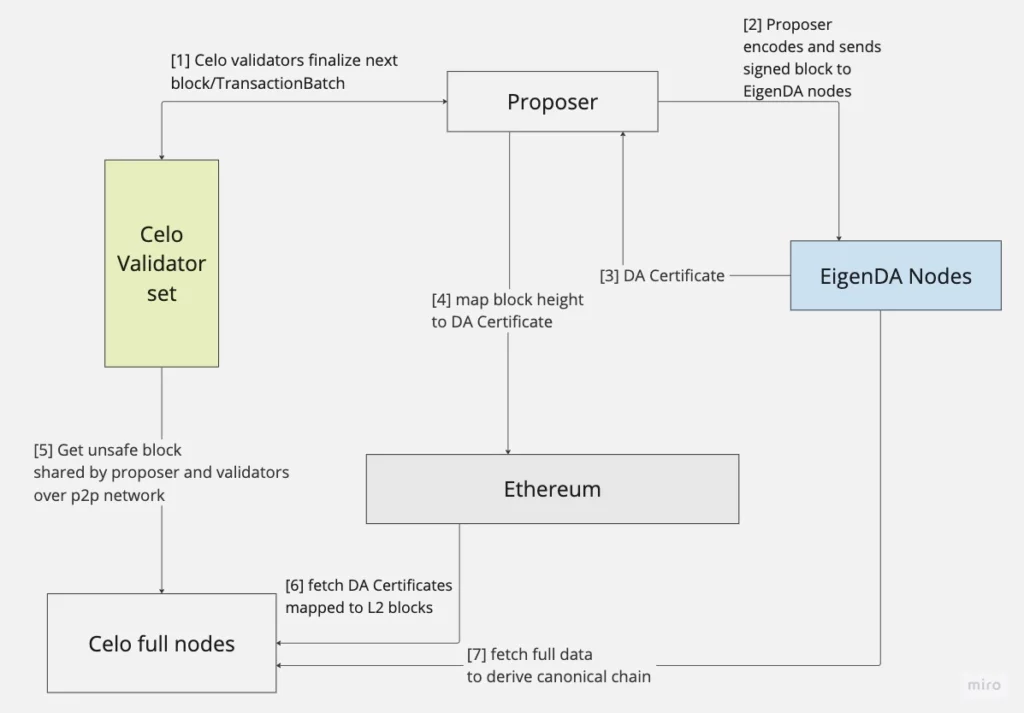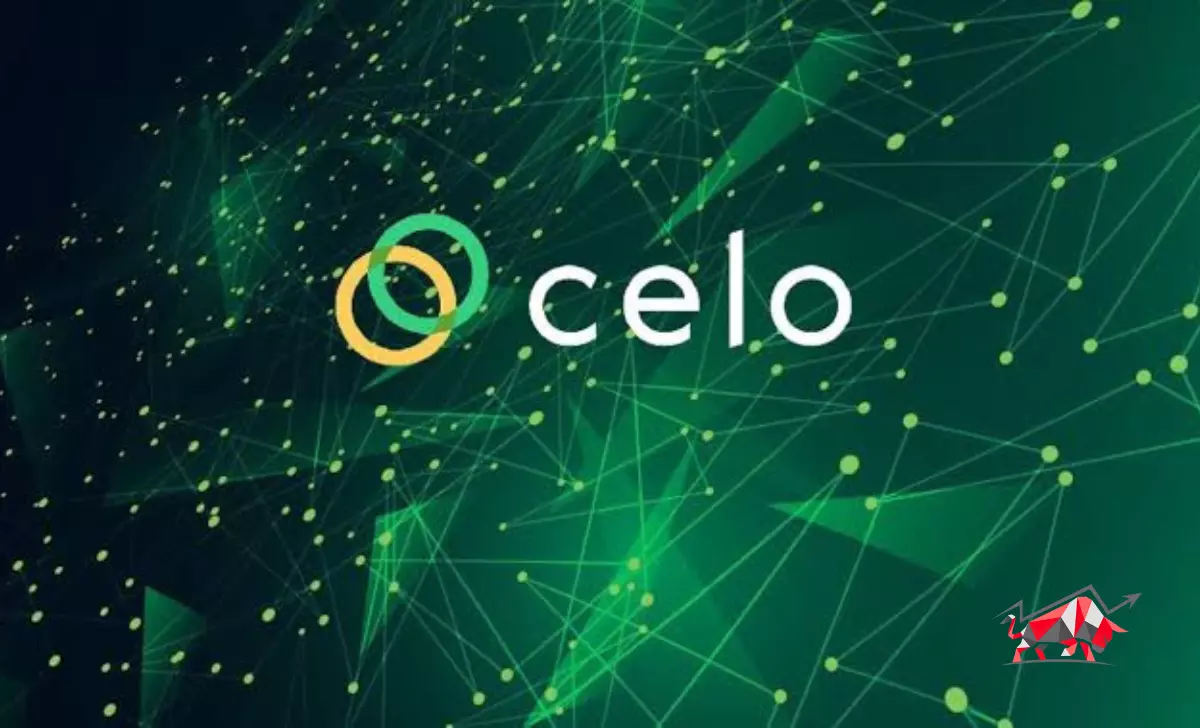In a bid to strengthen its ties with the Ethereum ecosystem, cLabs, the organization behind the development of the Celo blockchain, has proposed a transition from its independent EVM-compatible layer-1 blockchain to an Ethereum layer-2 (L2) solution. This move aims to leverage the benefits of Ethereum while maintaining compatibility with existing Celo infrastructure.
The proposal discussion took place on Celo’s governance forum, where the transition plan was outlined. The proposed approach involves using OP Stack as the architecture for the Ethereum L2 blockchain. By doing so, cLabs seeks to eliminate the need to monitor tooling and libraries composability through upgrades, making it easier for developers on cLabs’ platform to access the full range of Ethereum tooling and libraries.
One of the key differentiating factors of this transition from cLabs would be the implementation of an off-chain data availability layer operated by Ethereum node operators. This layer would be safeguarded by restaked Ether (ETH), adding an extra layer of security to the ecosystem. Moreover, the current validators in Celo’s network would be transformed into decentralized sequencers for the L2 solution.

The potential benefits of this migration are noteworthy. Despite the move to an L2 solution, the proposal suggests that gas fees for Celo users are not expected to change significantly. As the L2 solution leverages off-chain data availability, gas costs are likely to remain lower compared to other L2 solutions.
cLabs’ proposal is scheduled for discussion on a governance call on July 21. Following this, it will undergo a “temperature check” on the subsequent day. If adopted, the migration to Ethereum’s L2 solution would have minimal impact on end-users, allowing them to continue using Celo’s services seamlessly. Additionally, CELO token holders will retain control over core contracts through voting on governance proposals, and the CELO tokens will still be used for gas payments.
Understanding the Distinctions Between Layer-1 and Layer-2 Blockchains
Layer-1 blockchains form the bedrock of decentralized networks. They are designed to be self-sufficient, functioning independently without the need for additional layers or protocols. Examples of prominent Layer-1 networks include Bitcoin and Ethereum, both of which operate as sovereign entities with their consensus mechanisms, governance structures, and native assets.
One of the key advantages of Layer-1 blockchains is their robust security and immutability. By settling transactions directly on the main chain, these networks provide a high level of trust, making them suitable for use cases that prioritize absolute security, such as financial transactions and asset ownership.
However, the Achilles’ heel of Layer-1 solutions lies in their scalability. As their popularity and usage increase, the networks often encounter bottlenecks, leading to slower transaction times and higher fees. This has sparked the need for scalable solutions to address these limitations effectively.
In contrast to Layer-1 blockchains, Layer-2 solutions are not standalone networks. Instead, they are designed to augment the capabilities of existing L1 blockchains by creating an additional layer that operates on top of the primary chain. Layer-2 solutions come in various forms, including state channels, sidechains, and rollups.
The primary goal of Layer-2 blockchains is to alleviate the scalability concerns of Layer-1 networks, enabling faster and more cost-effective transactions. By processing transactions off-chain or through secondary channels and periodically committing the results to the main chain, Layer-2 solutions reduce the burden on the L1 network, optimizing its performance.
One of the most notable advantages of Layer-2 solutions is their ability to enable microtransactions and enhance the user experience for decentralized applications (dApps). This is particularly crucial for applications requiring real-time interactions, like gaming or decentralized finance (DeFi) platforms, where high throughput and low fees are vital for user adoption.
Rather than competing against each other, Layer-1 and Layer-2 blockchains complement one another, establishing a symbiotic relationship within the crypto ecosystem. L1 networks provide a secure foundation for Layer-2 solutions to build upon, while L2 solutions alleviate the scalability limitations of L1 networks, allowing them to handle a more extensive range of use cases.


